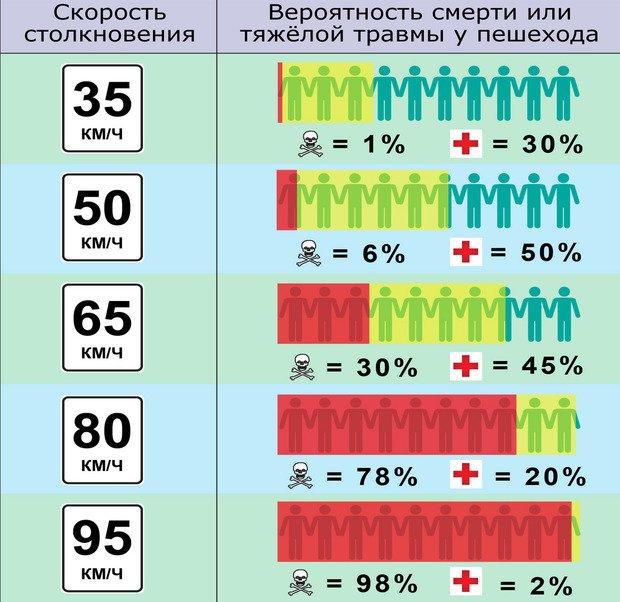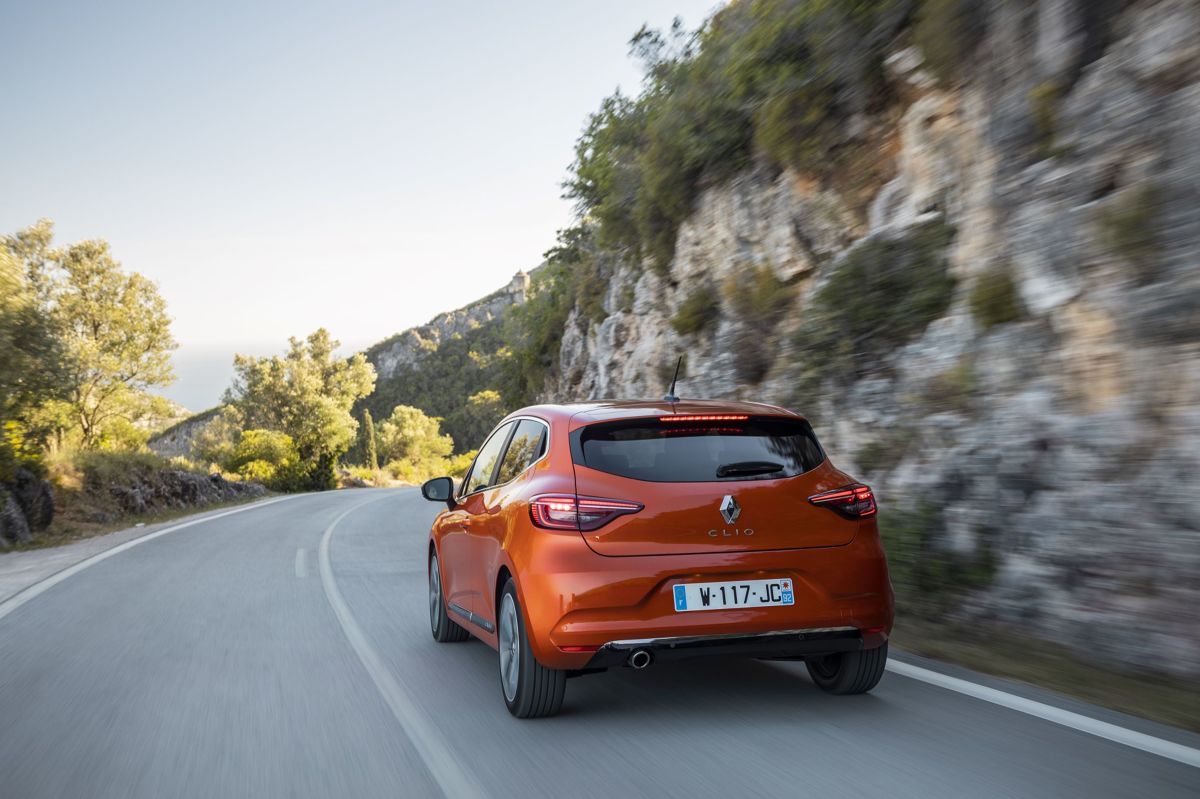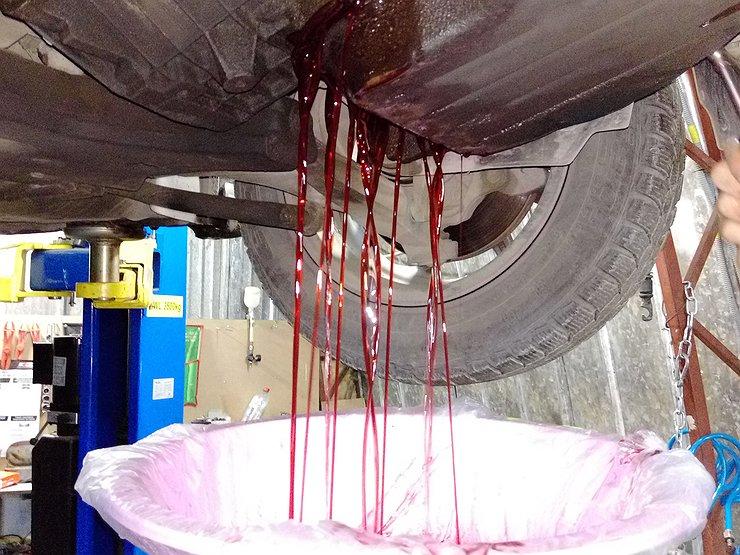
Safety. Proper Speed - What Does It Really Mean?
Content
 Speed inconsistency with traffic conditions is the most common cause of road traffic accidents with a fatal outcome due to the fault of drivers. Many drivers think that the appropriate speed is the one allowed by the rules in the given area, but in fact, you also need to take into account weather conditions, traffic, traffic conditions, the weight and size of the vehicle being used, or your own location and skills.
Speed inconsistency with traffic conditions is the most common cause of road traffic accidents with a fatal outcome due to the fault of drivers. Many drivers think that the appropriate speed is the one allowed by the rules in the given area, but in fact, you also need to take into account weather conditions, traffic, traffic conditions, the weight and size of the vehicle being used, or your own location and skills.
If the maximum allowed speed on this section is 70 km/h, what should our meter show? Not necessary. The driver must follow the rules of the road, but at the same time be guided by common sense and adjust the speed to the prevailing conditions. Failure to comply with this rule by drivers in 2019 contributed to the death of as many as 770 people - more than 1/3 of all those killed in road accidents due to the fault of drivers *.
dangerous weather
It is very important to adjust the speed to the prevailing weather conditions.
Wet, slippery surfaces or limited visibility due to fog or rain should prompt every driver to step off the throttle. Otherwise, the driver may react too late to a sudden danger on the road, according to the coaches of the Renault Driving School.
Heavy traffic? Don't charge!
Increasing the speed allowed by the rules can also prevent heavy traffic. For this reason, in certain situations it will not be possible to drive at 140 km/h on the motorway. If this results in not maintaining a safe distance from the vehicle in front or dangerous overtaking, it is certainly better to take your foot off the accelerator pedal.
See also: When can I order an additional license plate?
The road is rough...
The driver should also pay attention to the condition of the road surface and the shape of the road. A rut or sharp turn is a sign that you need to slow down. You also need to be careful on a narrow road, when there is a risk that it will be difficult for us to overtake a car coming from the opposite direction, says Krzysztof Pela, an expert from the Renault Driving School.
What are you driving?
We cannot move equally fast in every vehicle. The larger and heavier the vehicle, the more careful you need to be. During the summer, many people use motorhomes, carry bikes on the roof, or simply drive around with their luggage. In such a situation, when choosing a speed, we must remember about the lengthening of our stopping distance and the deterioration of the aerodynamic properties of the car.
Driver's personal order
Each time before starting off, the driver must assess whether he knows how to drive a car. Risk factors include, for example, diseases or certain medications. Sometimes we drive out of necessity, for example, when we are under the influence of strong emotions or tired from a hot day. In such a situation, the speed with which we move must take into account our weaker state of health.
You should also not overestimate your skills - drivers with little experience or those who got behind the wheel after a long break should be especially careful.
Too slow is also bad
At the same time, it should be remembered that the speed at which we are moving should not deviate significantly from the permitted one in this section, unless there are special circumstances that justify this. Otherwise, we may affect the flow of traffic and encourage other drivers to overtake risky or drive more aggressively.
*source: policeja.pl
See also: Škoda SUVs. Kodiak, Karok and Kamik. Triplets included
